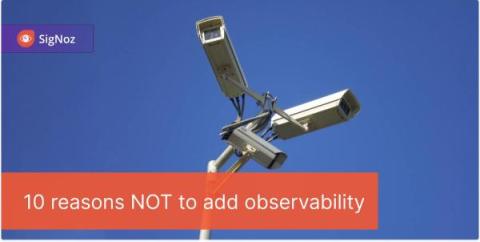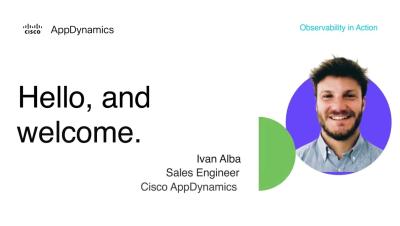Operations | Monitoring | ITSM | DevOps | Cloud
APM
The latest News and Information on Application Performance Monitoring and related technologies.
Adding a CDN to a load balancer (for a much faster website)
Why You Need An Application Performance Monitoring Tool
As organisations strive to deliver seamless user experiences, maximise operational efficiency, and maintain a competitive edge, the need for comprehensive Application Performance Monitoring (APM) tools becomes increasingly evident. APM tools offer invaluable insights into the performance and behaviour of applications in real-time. They go further than the conventional monitoring approach by providing a holistic view of the entire stack, encompassing servers, databases and user interactions.
Understanding OpenTelemetry Spans in Detail
Ten reasons not to add observability
Best Practises For Application Performance Monitoring
Application performance monitoring (APM) tools have become a fundamental part of many organisations that wish to track and observe the optimal functioning of their web-based applications. These tools serve to greatly simplify the process through automation and allow teams to effectively collaborate to maximize efficiency, enabling you to reach the root cause of an issue before it reaches your customers.
Using data collectors to compare a new feature
The hidden impact of cache locality on application performance
Embedding DX Dashboards in APM and DX Operational Intelligence
As connected as the world is today, it can feel quite disconnected, especially in IT. Individual teams use various tools, each with specialized interfaces and dedicated dashboards, to present or interpret data each the specific functional team needs.











